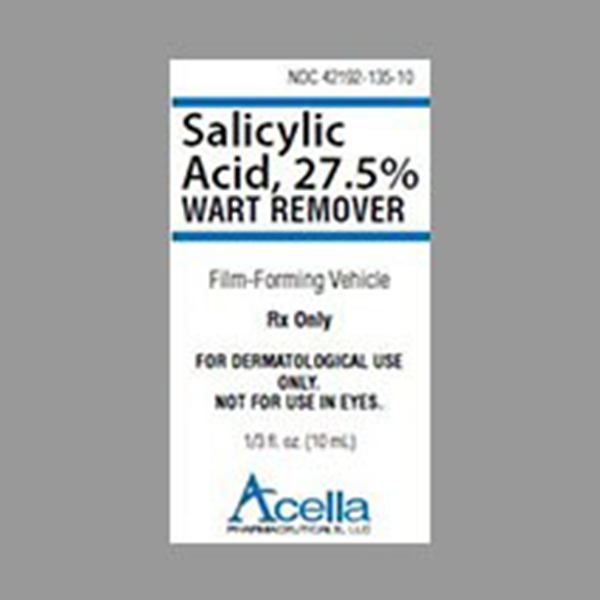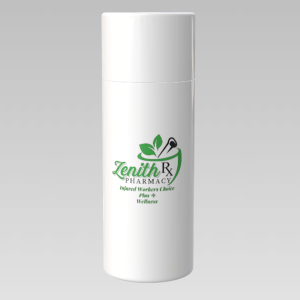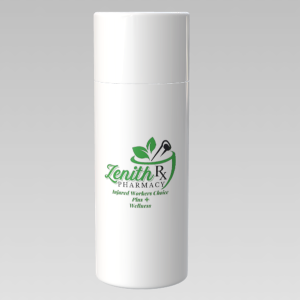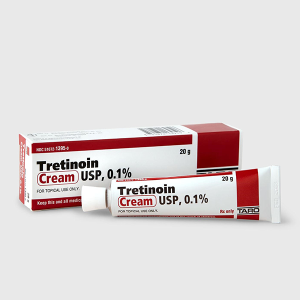Description
Overview
Salicylic acid is a beta-hydroxy acid (BHA) widely used in dermatology for its keratolytic, comedolytic, and anti-inflammatory properties. It is commonly found in over-the-counter (OTC) and prescription treatments for acne, psoriasis, warts, and other dermatological conditions. Salicylic acid is available in various formulations, including creams, gels, cleansers, shampoos, and patches, with concentrations ranging from 0.5% to 30%, depending on the indication.
Mechanism of Action
Salicylic acid works by:
- Exfoliation (Keratolysis): It dissolves the intercellular “glue” (desmosomes) that holds dead skin cells together, promoting their shedding. This helps prevent clogged pores and reduces scaling in conditions like psoriasis.
- Comedolytic Action: It penetrates the oil-rich environment of the sebaceous glands, breaking down sebum and exfoliating inside the pores, making it effective for acne.
- Anti-Inflammatory Effects: As a derivative of aspirin (acetylsalicylic acid), salicylic acid has mild anti-inflammatory properties that help reduce redness and swelling in acne and other inflammatory skin conditions.
- Antimicrobial Action: It has mild antibacterial and antifungal effects, helping prevent secondary infections in damaged skin.
Benefits and Indications
Salicylic acid is used for a variety of dermatological conditions, including:
- Acne:
- Salicylic acid (0.5%-2%) is a key ingredient in many acne treatments. It unclogs pores, reduces oiliness, and prevents blackheads and whiteheads.
- Often found in cleansers, spot treatments, and serums for mild to moderate acne.
- Psoriasis:
- In higher concentrations (3%-6%), salicylic acid is used in medicated shampoos, creams, and ointments to soften and remove psoriasis plaques.
- Helps enhance the penetration of other psoriasis treatments, such as corticosteroids.
- Wart Removal:
- Used in 17%-40% concentrations to gradually break down and peel away warts (common, plantar, and genital warts).
- Works by softening the keratin structure, allowing for easier removal of the wart.
- Dandruff and Seborrheic Dermatitis:
- Found in medicated shampoos (1%-3%) to help remove flakes and reduce scalp oiliness.
- Works well in combination with antifungal agents like ketoconazole or zinc pyrithione.
- Hyperkeratotic Conditions (Corns, Calluses, Keratosis Pilaris):
- Softens thickened skin, making it easier to exfoliate and remove dead skin buildup.
Possible Side Effects
While generally safe for most individuals, salicylic acid can cause some side effects, especially when used in high concentrations or on sensitive skin. These include:
- Mild Irritation: Redness, dryness, peeling, or a slight burning sensation.
- Allergic Reactions: Some people may develop itching, swelling, or rash.
- Salicylate Toxicity (Rare, but serious):
- Can occur with excessive or prolonged use, particularly in children or individuals with kidney or liver disease.
- Symptoms include dizziness, ringing in the ears (tinnitus), nausea, confusion, or rapid breathing.
Drug Interactions
- Topical Retinoids (e.g., Tretinoin, Adapalene): Combining with salicylic acid may increase irritation and dryness.
- Benzoyl Peroxide: May cause excessive peeling or irritation when used together.
- Systemic Salicylates (Aspirin, NSAIDs): Rare cases of systemic salicylate toxicity have been reported when high concentrations of salicylic acid were applied to large areas of the body.
- Diabetes and Circulatory Disorders: Should be used with caution in patients with poor circulation (e.g., peripheral artery disease) due to the risk of delayed wound healing.
Precautions and Considerations
- Skin Sensitivity: Individuals with dry or sensitive skin should start with lower concentrations and gradually increase if tolerated.
- Pregnancy and Breastfeeding: Considered safe in small amounts, but high concentrations should be avoided, particularly in pregnant individuals.
- Sun Sensitivity: Can increase the skin’s sensitivity to UV rays, so sunscreen use is recommended.
- Avoid Open Wounds: Should not be applied to broken skin or mucous membranes, as systemic absorption can occur.






Reviews
There are no reviews yet.